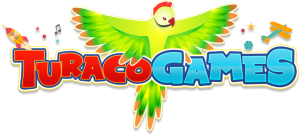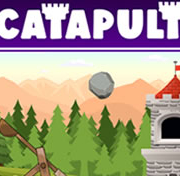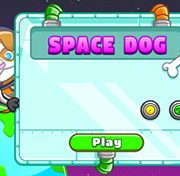Apples and Oranges, Differences, Science Game for Kids
This science game helps children review understanding of the differences between apples and oranges. It is suitable for kindergarten and junior primary school first graders.
- Key Science Facts
- Apples and oranges are similar because they are fruits.
- They both have common traits.
- Apples and oranges are fruits that grow on trees.
- They can be either sweet or a little sour.
- They both have seeds.
- Apples are red, green or yellow.
- Oranges are usually orange.
- Apples grow in cold weather.
- Oranges need warm weather to grow.
- Oranges are part of a family of fruits called citrus.
- Citrus fruits have thick rinds (skin).
- They are either sweet or sour.
- The relatives of oranges are lemons, limes and grapefruits.
- You can mix fruit from an orange tree with fruit from a grapefruit tree.
- Apples and oranges are not related.
- Apples come in different varieties. Some are red, green or yellow.
- Game: The Turaco Monkey Isle Game is a time-limited game of multiple choices with one or sometimes two correct answers. Help the monkey find treasure and earn points.
In primary grades, children learn about different foods and the characteristics of each kind of food. Most children like fruit, so fruit is a fun way to introduce similar and different traits in foods. Apples and oranges, for instance have many similar characteristics. They are both fruits, both round, both have seeds and are both sweet. Their differences include color, texture, size, type of tree they grow on, climate they grow well in, and others. When playing Apples and Oranges Differences, students get the opportunity to practice remembering some of these differences between apples and oranges by answering questions about these two fruits. After each answer is given a colorful monkey is digging for his treasure. When a correct answer is selected, the monkey finds either a banana or a coconut. When an incorrect answer is selected, the poor monkey digs up a shoe. In the end, the monkey might find a surprise! This game can be played individually or with science partners.


 (8 votes, average: 4.50 out of 5)
(8 votes, average: 4.50 out of 5)




